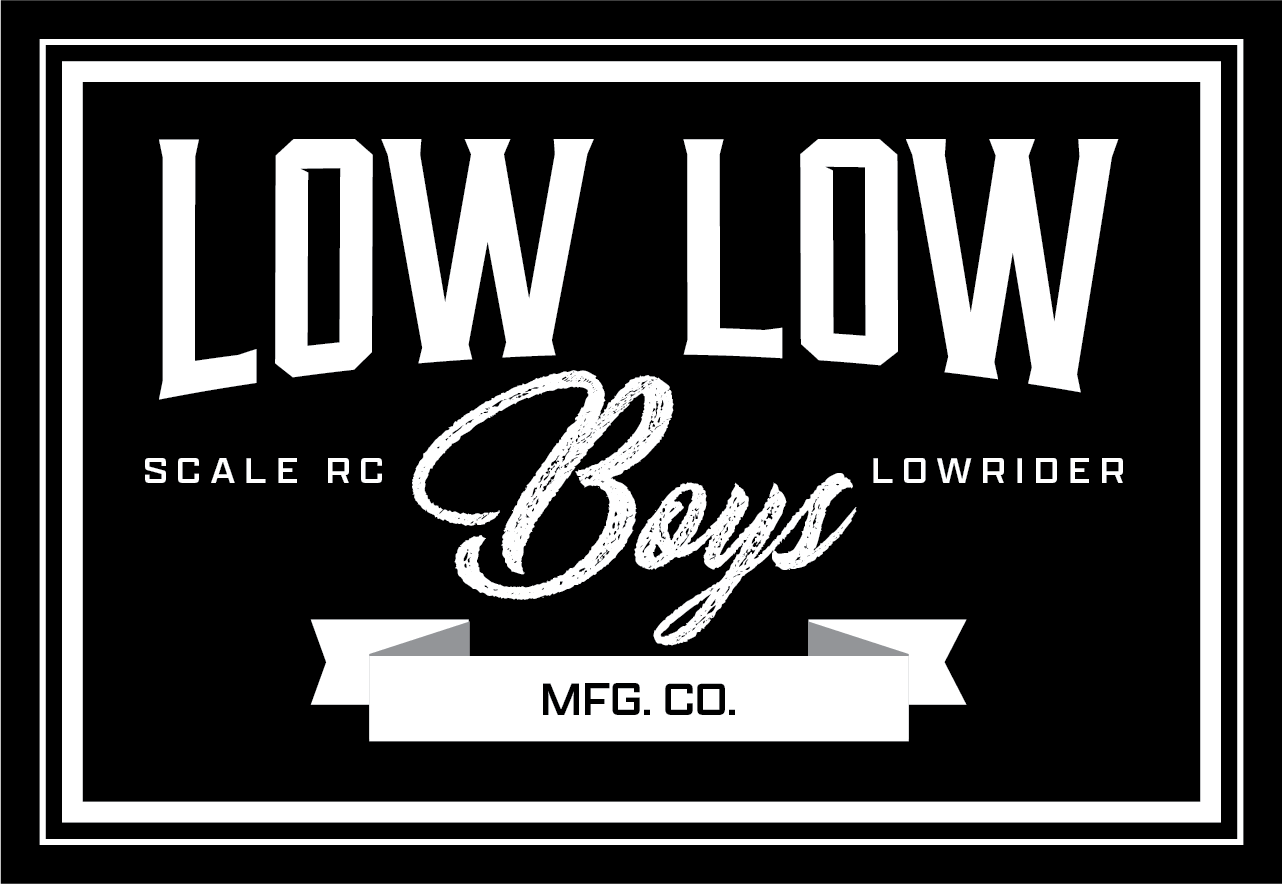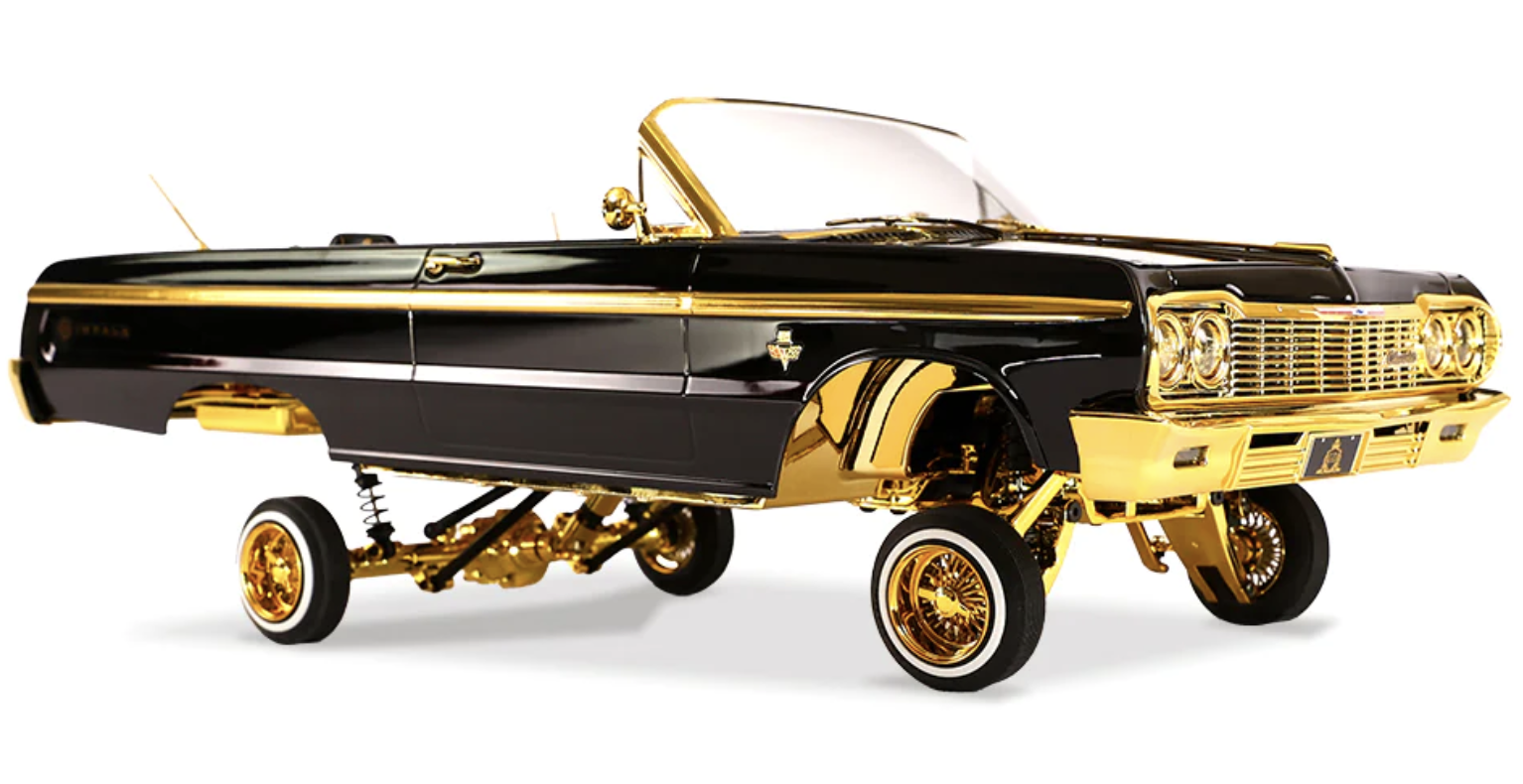To build, or not to build?
In a recent blog post, we delved into the intricacies of newcomers asking questions, and the evolving etiquette surrounding inquiries. The discussions that ensued led us down an interesting path, with OG’s reminiscing about the challenges they faced in building RC cars during their earlier years, as well as noting how builders now a days have it easy with Ready-to-run vehicles so readily available. The significant shift from assembling kits to the convenience of ready-to-run (RTR) RC vehicles in today's hobbyist landscape is what we want to explore today.
The Changing Face of RC Car Building
The Kit Era:
In the past, building an RC car involved intricate kits comprising numerous parts. Enthusiasts reminisced about the painstaking process of assembling each component, from the chassis to the smallest gears. It was a time-consuming yet rewarding endeavor that required patience and technical prowess.
Enter Ready-to-Ride (RTR):
The landscape shifted with the advent of RTR models. Major manufacturers embraced the concept, offering fully assembled vehicles that required little to no final assembly. The bodies arrived painted and trimmed, eliminating the need for meticulous finishing touches.
The Convenience of RTR
Accessibility for All:
The surge in popularity of RTR vehicles opened doors for hobbyists who might have hesitated to dive into the world of RC cars due to the complexity of building kits. The ease of acquiring a fully assembled vehicle has democratized the hobby, inviting a broader audience.
The rise of RTR vehicles prompted some manufacturers to discontinue kit production. However, high-spec racing vehicles are often still available exclusively as kits. -
- “Notable companies like Thunder Tiger, Losi, HPI, Traxxas, and Tamiya cater to both kit enthusiasts and those opting for the convenience of RTR.”
Cost Considerations:
Hobby-grade vehicles vary widely in cost, ranging from US$90 to over US$2000. Kits may offer upgraded parts, appealing to those seeking customization, while RTR versions provide a more budget-friendly entry point.
The evolution from kit-based RC cars to the prevalent era of RTR models has transformed the hobby landscape. While the convenience of ready-to-ride vehicles has broadened accessibility, it's essential to recognize and appreciate the diverse preferences within the RC community. Whether building from scratch or enjoying the ready-made experience, the joy of RC cars persists, adapting to the evolving needs of enthusiasts.
Be sure to follow us on social media for updates on what we’re up to!



